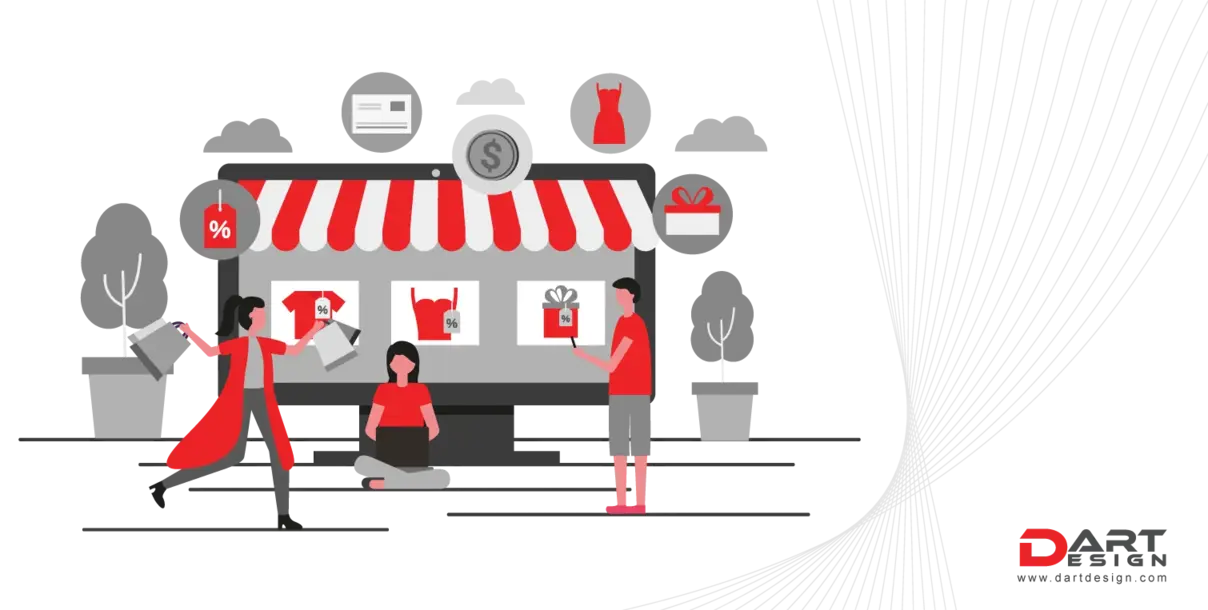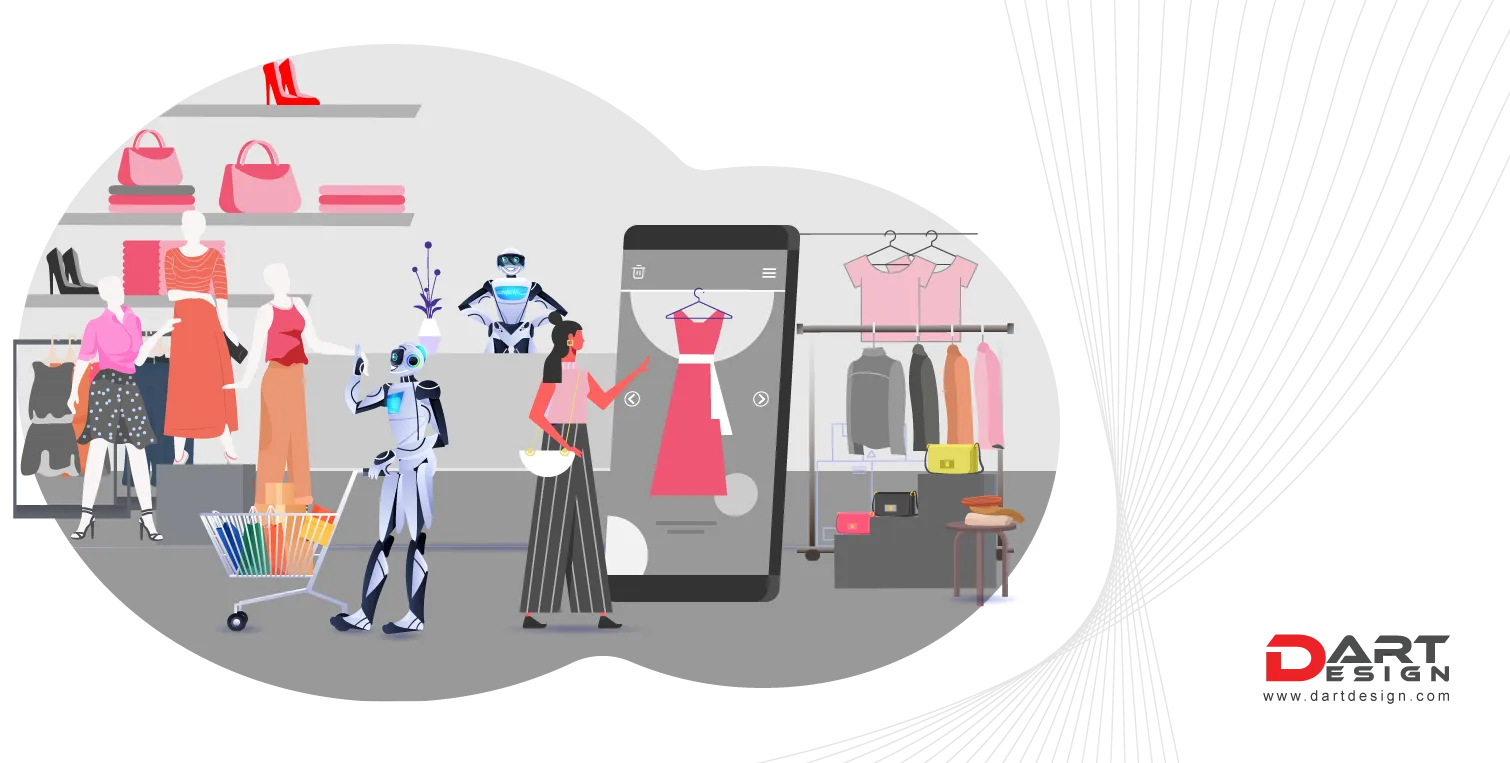“what about combining the concepts of entertainment and art. yes, they are like conjoint twins, can’t be differentiated. Looking from distant poles we’re witnessing the experience age, and prolly we are advancing toffler’s third wave.”
Concept of ‘Artainment’
In an effort to motivate shoppers and generate organic engagement on social media, retail stores are being transformed into content-rich spaces. High street retailers get a financial lifeline from artainment, as consumers get to experience art outside of the traditional gallery framework.
At home, shoppers are being charmed by blockbuster and immersive exhibitions as city center regeneration are based on entertainment, specifically art. And behind the curtains, their retail design agency is playing on damn good notes.
Retail spaces are starting to pop up more often with these immersive events since the pandemic. This is driving foot traffic to malls at the worst time. In the US, a report reports retail foot traffic dropped 19.5% in 2021 compared to 2019 before COVID.
Retailers are re-imagining floor space as places of discovery and entertainment in the shift to digital. Physical stores offer enhanced shopping experiences through art experiences and entertainment that provide retailers with a valuable commercial lifeline.
As retailers flex to meet online consumer demands, the role of physical stores has expanded since the outbreak began. Using digital interfaces as a conduit to frictionless retail is just one strand of the post-pandemic shift. Retailers need to inspire returning customers with tangible and sensory experiences – using art as a hook.
In-store shopping is still a huge social activity for Gen Z, and physical stores remain the primary place for product discovery. With art-as-entertainment and museumification of retail, there’s a lot of engagement opportunities that can drive even more people to shop.
The Social Media Inclusion
As retail-tainment escalates, it’s a sign that Gen Z is driving the experiential direction. Following the pandemic, it has become even more important to get shoppers into city centers.
The content in your store can also get you to buy across new channels if it’s innovative and immersive. Increasingly, sales come from social apps and mobile traffic comes from consumers browsing through social networks, so Salesforce data highlights the importance of social content.
A smart in-store experience and spectacles that trigger social media engagement will make a big splash with young people.
The transformation of retail spaces into curated environments is one of the core strategies in the battle to regain relevance. In the wake of the digital bubble of two years, consumers are ready for a sensory reset. Art and cultural experiences aren’t a luxury, but rather a real solution to placemaking.
Content-rich entertainment experiences with social media signposts tend to be the most successful.
Think about temporary pop-ups as a way to maximize retail assets in a shaky market. Artainment experiences add life to empty spaces, making them more attractive to long-term tenants.
Create content-rich social media spectacles that animate retail spaces (empty or occupied) to encourage consumers and revitalize city centers.
Touch and sensory stimulation are important parts of the buying journey, so retailers should make sure they do. One of the main reasons US consumers planned to visit physical stores during the 2021 Holiday season was the importance of touch. Consumers who are touch-deprived will love store environments as galleries where they can discover products and experience them with their senses.
Retail environments have the potential to offer a visceral counterpoint to the experience of consuming through the filter of a digital space, which is increasingly being lost to our screens as we consume through the filter of digital space. Retail environments can offer a sensory reset to the experience of consuming through the filter of digital space.
The power of art in retail can act as a conduit for a sensory reset, while also reintroducing surprise and awe.
Consumers can get a lot of escapism and unexpected moments when they shop in physical retail stores because of sensory experiences like soundscapes, immersive light installations or physical interventions. Add sensory layers to your brand/product story with artistic interventions.
For long-term gains, contextualized artworks and artist collaborations should be designed. As consumers increasingly value authenticity and creativity, brands can boost the impression they get by building meaningful associations with the art world.
A blockbuster artainment may work in the short run, but it takes contextualization to make it relevant long term. It’s easy for brands to reach new audiences when they have a symbiotic relationship with artists and galleries.
Curating a museum experience
Downsized inventories and reduced footprints enable retailers to take a curatorial approach, and the next generation of social shoppers will love a store full of content focused on core products.
Apparently 75% of Gen Z shoppers value a “well-curated store experience” with a small number of products in a 2019 Kearney survey. In-store shopping was also viewed as a chance to disconnect from the digital world (58%), just like a social outing.
Amidst the explosion in digital commerce, retailers are looking for their brick and mortar stores to become more flexible and offer creative opportunities for reinvention.
Retailers can react quickly and frequently to current trends with versatile fixtures, like modular and movable displays and innovative hanging systems.
Retail spaces are getting more fluid as consumers are more open-minded.
Retailers are rethinking the primary role of bricks and mortar stores because of the pandemic, which has accelerated the shift to e-commerce. Often, the best way to respond is to downsize footprints and flex inventory based on location. Retailers can then take a more creative approach, bringing products to life and facilitating more engaging environments with dynamic, gallery-like merchandising.
Retailers can use adjustable and adaptable displays to showcase new products quickly and easily.
It’s easier to create new spatial formations with movable fixtures that are on wheels or designed to be portable. With the whole display centralized, local artists can display their work on the walls around the store. An innovative sneaker boutique in California displays products on five innovative movable fixtures.
The phygital influx
In the digital age of culture, physical artscapes have become an innovative way to connect with consumers both online and in person, due to the digitalization of culture.
Through the use of digital entertainment, we can connect the real and digital worlds in order to drive sales across all channels and provide a consistent shopping experience across all channels.
It has become an increasingly common practice for retailers to use NFTs to enhance the shopping experience by offering virtual artscapes to attract customers in-store.
Though it is taking an off-road but a retail design consultancy, the masters behind curtains are ones people are missing out badly.




